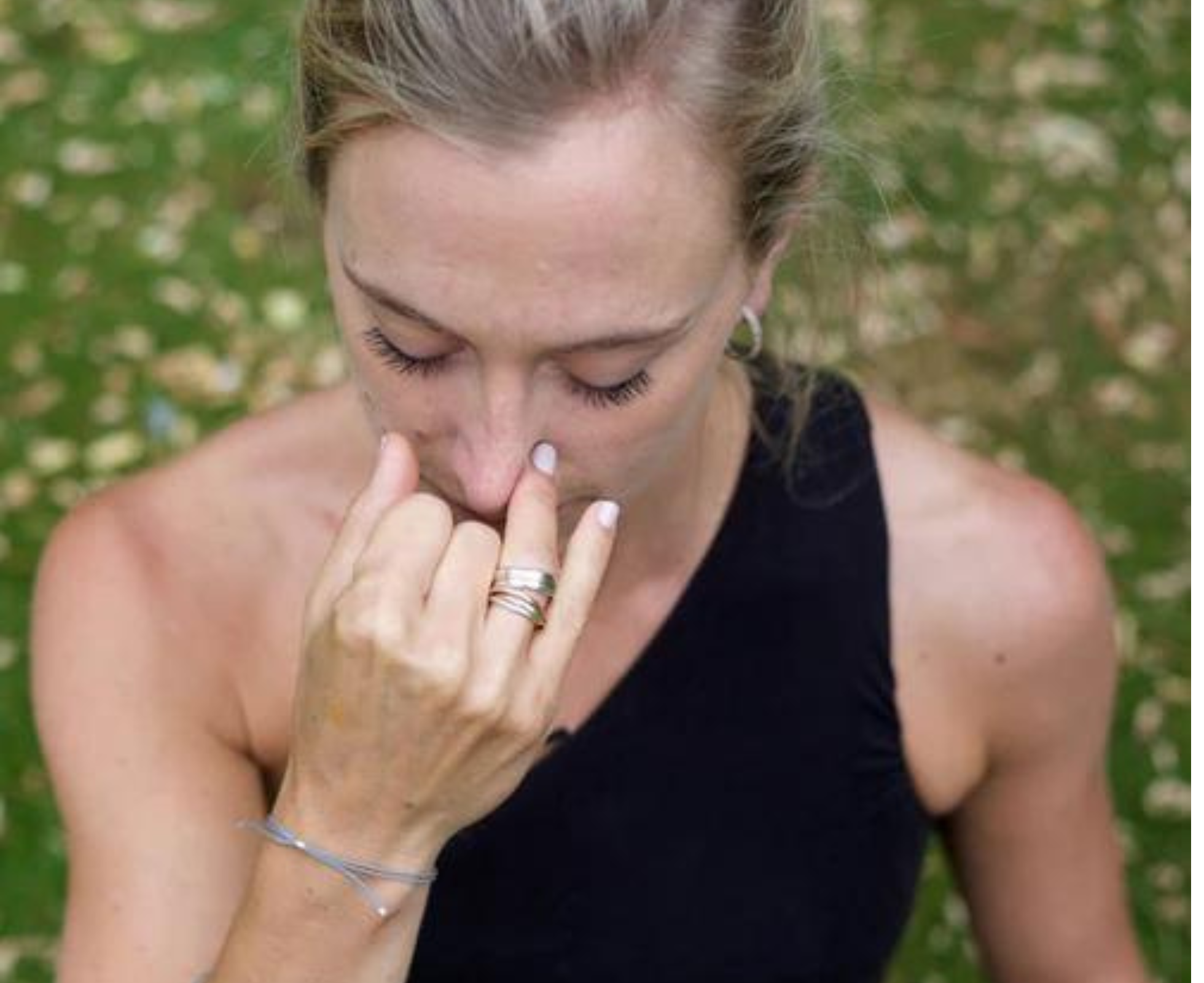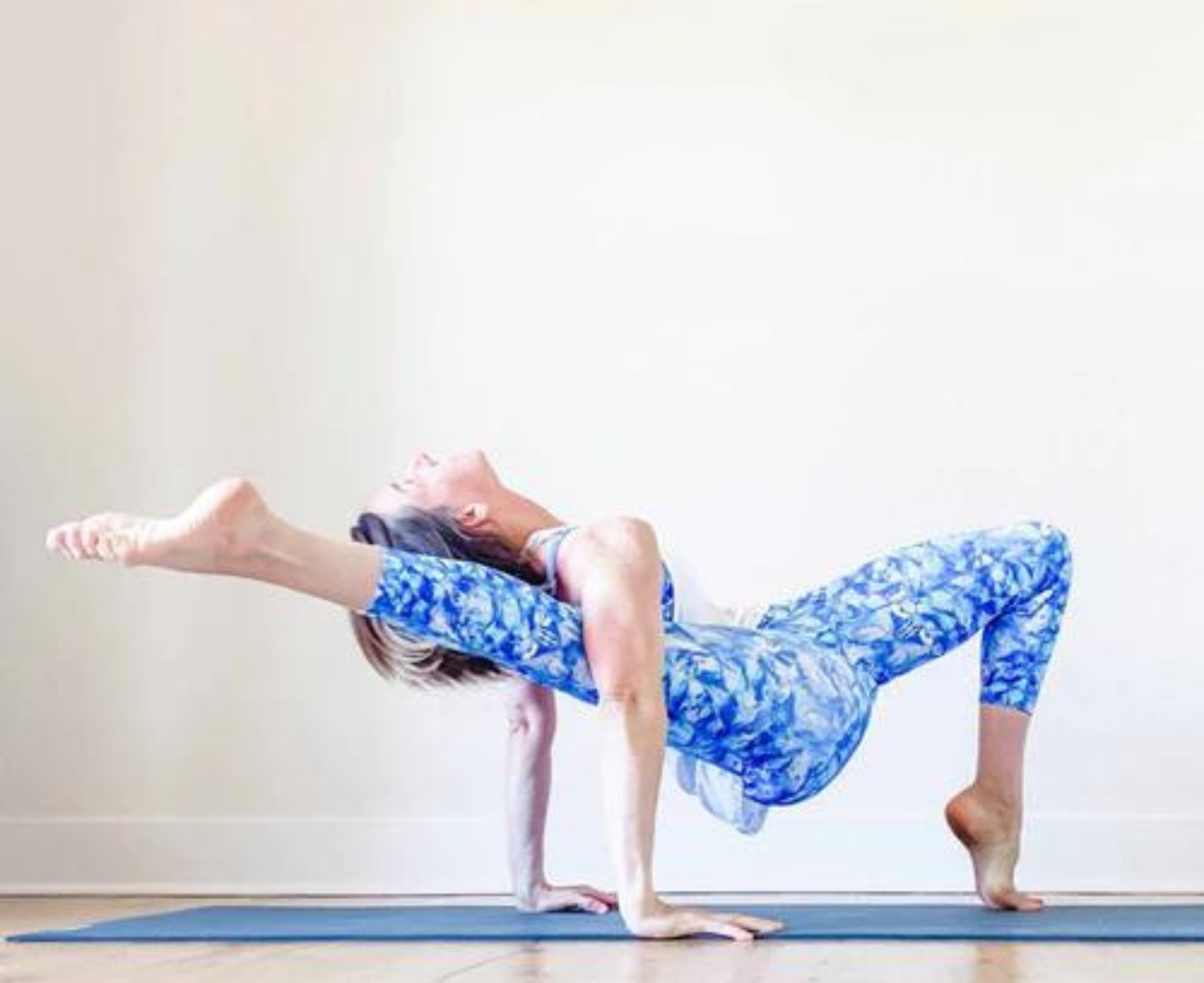
Pranayama Exercises to Relieve Back Pain
Do you suffer from back pain?
Maybe it is the result of an acute injury, or maybe it is more chronic pain. Either way, the spine works hard to give us the movement we need in our daily lives—twisting to pick up bags from the back seat of the car, bending over to pick up heavy shopping bags. We constantly apply pressure to this region of the body. Teamed with sitting for long periods, this can become problematic for this strong yet vulnerable area.
Yoga can help with back pain in several ways: clearing the mind by focusing on the present moment, moving the body mindfully to build strength and flexibility in the spine, and breathing deeply.
The breath is integral to our yoga practice, and pranayama is the formal practice of controlling the breath. "Prana" can be explained as life force or energy, while "Ayama" means extension in Sanskrit. In Chinese medicine, prana (or Qi) is seen as energy on the verge of materializing. In yoga, our breath is like raw energy at our fingertips, waiting to be utilized. Each inhalation energizes and revitalizes the body and mind, while each exhalation cleanses, letting go of what no longer serves us.

Western Benefits of Pranayama
From a Western perspective, practicing pranayama can help with pain in many ways. Living with daily pain is exhausting, and combined with life’s stresses, it can perpetuate that pain. Emotional or physical stress causes shallow breathing, which leads to more stress, less oxygen in the bloodstream, and increased muscle tension. By breathing more deeply during pranayama, we provide more oxygen to our tissues and break this cycle. Deep breathing also calms the nervous system; extending the exhalation longer than the inhalation helps shift from the sympathetic nervous system (fight or flight) to the parasympathetic (rest and digest), conserving energy and promoting relaxation. Furthermore, noticing our breath teaches mindfulness, increasing body awareness so we can monitor our pain levels and understand what alleviates or exacerbates it.

Fundamentals
Before practicing pranayama, keep a few fundamentals in mind: be patient. Only practice a few cycles when you first start, gradually building up over time. Remember, relaxation and awareness bring the most benefits for those living with pain, so avoid extending your practice beyond comfort. Find a relaxing space for your practice to maximize its effects. The experience should be soothing; if it disrupts your peace, stop.
Kumbhaka Pranayama
Kumbhaka, meaning ‘retention’ in Sanskrit, refers to breath retention. This technique helps us notice our cravings and aversions, particularly the craving for life and fear of death. In this practice, you can hold your breath at the top of each inhale (Puraka) or at the bottom of each exhale (Rechaka), or both. Below are instructions for 5-count retention of both.
Technique
- Find a comfortable seat on the ground or in a chair. You can also stand or lie down.
- Close your eyes and take a few deep breaths in and out through your nose.
- Inhale for 5 counts.
- Hold the breath for 5 counts.
- Exhale for 5 counts.
- Hold for 5 counts.
- Repeat for 1-3 minutes.

Nadi Shodhanam Pranayama
Nadi Shodhanam, or alternate nostril breathing, helps slow inhalation and exhalation while balancing energy through the left and right sides of the body. This technique balances the parasympathetic and sympathetic nervous systems, cultivating internal tranquility and peace of mind.
Technique
- Find a comfortable seat on the ground or in a chair. You can also stand or lie down.
- Close your eyes and take a few deep breaths in and out through your nose.
- Use your right hand thumb and last two fingers to close off either side of the nose using Vishna Mudra.
- Inhale left for 5 counts, exhale right for 5 counts, inhale right for 5 counts, exhale left for 5 counts.
- Repeat for 3-9 rounds.

Sssssss BREATH
This pranayama exercise, taught during my pregnancy teacher training, is helpful for labor and can also assist with back pain (and other pains).
Technique
- Find a comfortable seat on the ground or in a chair. You can also stand or lie down.
- Close your eyes and take a few deep breaths in and out through your nose.
- Take a deep inhale through your nose, filling your lungs completely.
- Exhale through your mouth, making a long, soft ‘ssssssss’ sound, extending your exhalation longer than your inhalation.
- Repeat for 1-3 minutes.



